Located at 46 Tran Phu, Hoi An city (Quang Nam), Phuc Kien Assembly Hall is one of the favorite stops for domestic and foreign tourists when visiting Hoi An.
The Assembly Hall was built in 1690 by people from Fujian (China) who moved to Hoi An to live and build.
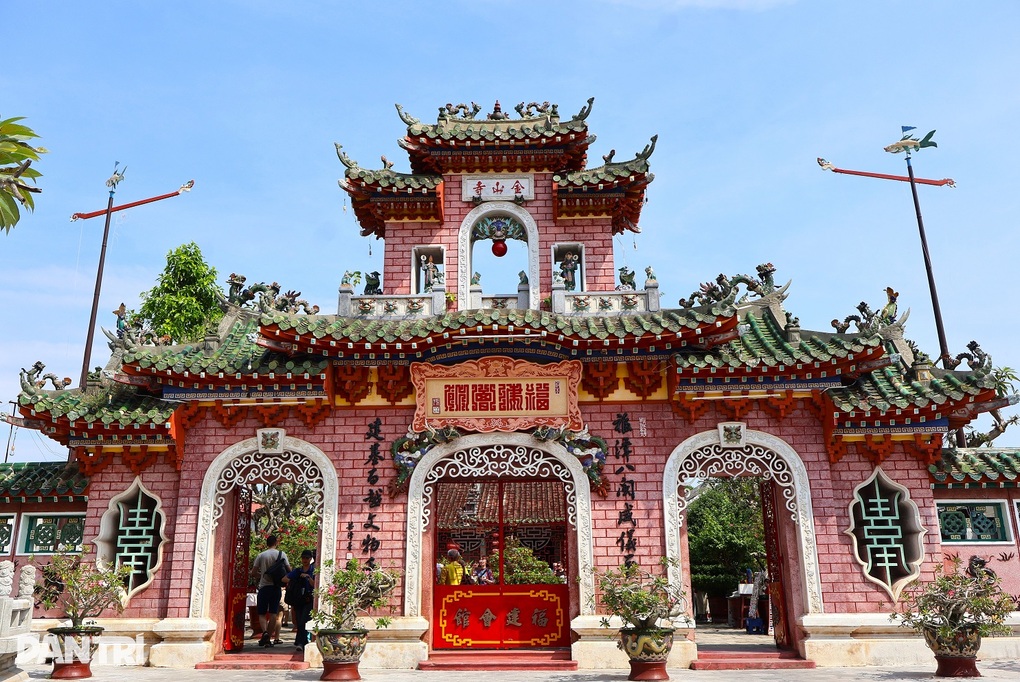 Tam Quan Gate leading to Phuc Kien Assembly Hall (Photo: Ngo Linh).
Tam Quan Gate leading to Phuc Kien Assembly Hall (Photo: Ngo Linh).
Previously, the assembly hall was built entirely of wood, but in 1757 it was rebuilt with bricks and tiled roof as it is today.
The Assembly Hall is a place to worship the Goddess Thien Hau and the guardian deities of rivers, water, money, children, and ancestors; it is a meeting place for fellow countrymen from Fujian, who came to Hoi An the earliest and most numerous, to help each other.
With its majestic and splendid architecture, decorated with eye-catching red colors and sophisticated patterns, the assembly hall stands out even more, as well as enriching the architecture of Hoi An ancient town.
In 1990, the Fujian Assembly Hall was recognized as a national historical and cultural relic.
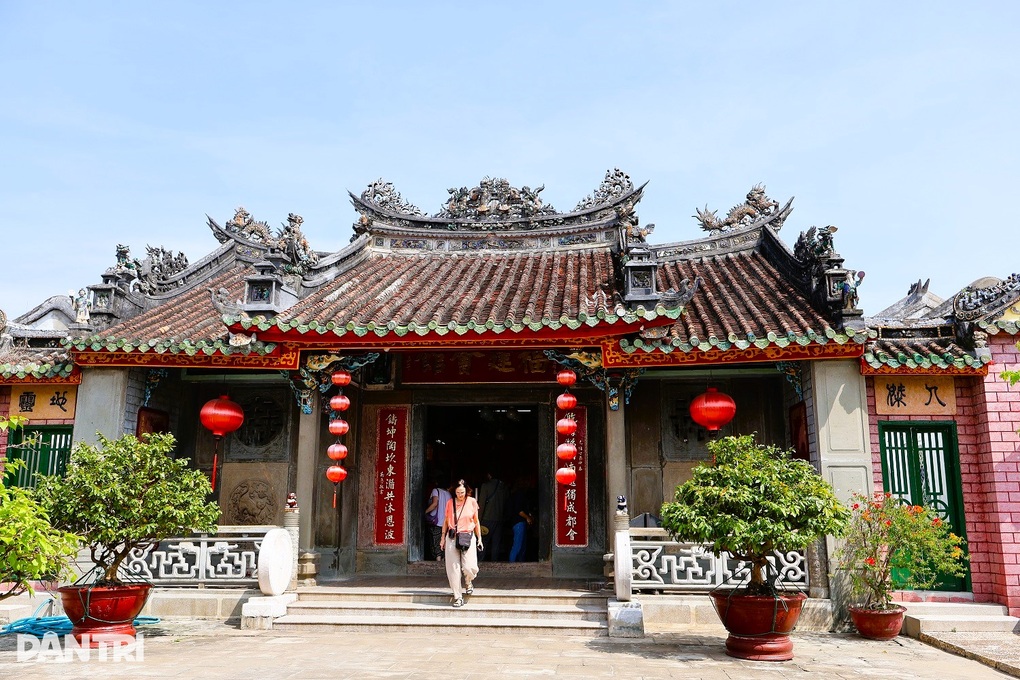 Bold Chinese architecture (Photo: Ngo Linh).
Bold Chinese architecture (Photo: Ngo Linh).
The assembly hall was built in the shape of the letter Tam, with the gate, yard, landscape, two east-west rows of houses, main hall, backyard, and rear hall.
The Tam Quan Gate is the entrance to the assembly hall. Above the Tam Quan Gate is the inscription Kim Son Tu. On both sides of the gate are Mr. Nhat and Mrs. Nguyet. These are two gods representing heaven and earth, yin and yang. From the Tam Quan Gate, visitors can see three main entrances, each with its own meaning, respectively Heaven, Earth, and Human.
The main hall is where Thien Hau Thanh Mau is worshiped - she is known as the goddess of the sea, helping sailors always return safely. On the right and left are the gods Thien Ly Nhan and Thuan Phong Nhi, respectively, who always follow her to save the people.
On the right side of the main hall is also displayed a model of a merchant ship that met with disaster. This ship was used for seafaring and dates back to 1875, with many distinctive details.
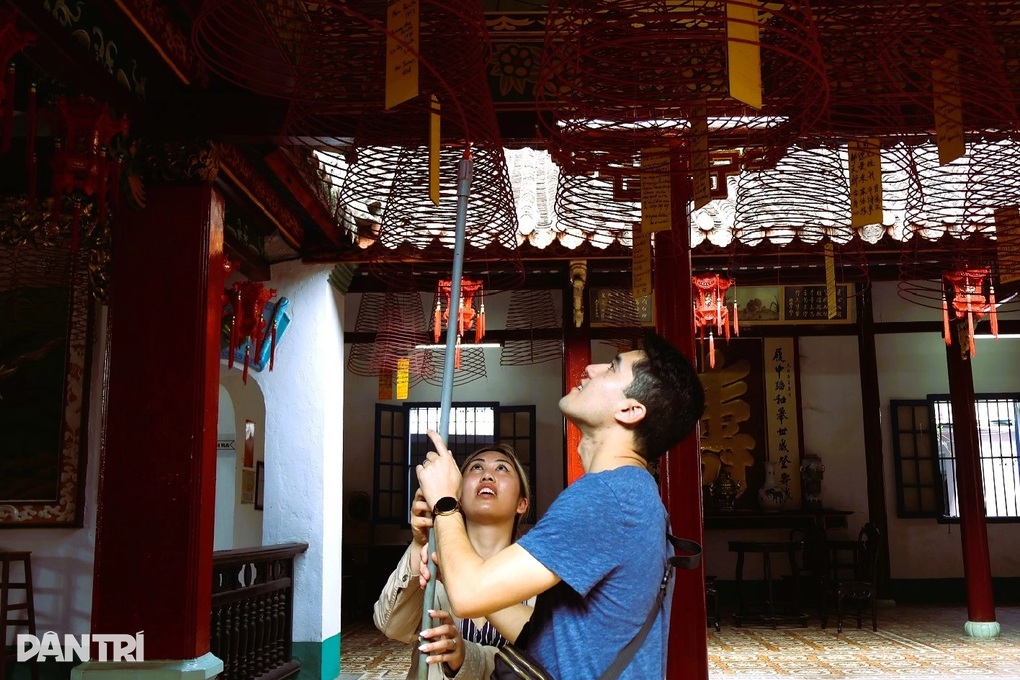 Visitors attach prayer tags to incense rings, which can burn for 30 days (Photo: Ngo Linh).
Visitors attach prayer tags to incense rings, which can burn for 30 days (Photo: Ngo Linh).
Moving inside, visitors will come to the back chamber area. This is the place to worship the 6 Royal Princes, 12 midwives and 3 goddesses of childbirth. In addition, visitors can light a large incense ring to pray for health, fortune and luck for their family and relatives in this area.
The special thing is that the incense can burn for up to 30 days. After the incense has burned out, the people in the temple will burn pieces of paper with your wishes written on them. Thanks to that, the prayer becomes sacred.
In addition, the assembly hall also preserves many valuable artifacts, including: bronze bells, worship statues, bronze drums, incense burners and 14 sophisticated horizontal lacquered boards... Therefore, this place not only has historical significance but also great cultural value.
The Fujian Assembly Hall in Hoi An is most crowded on holidays and the first and fifteenth day of every month. On the days of Nguyen Tieu (15th of the first lunar month), Thien Hau Festival (23rd of the third lunar month)… every year, the assembly hall will hold many festival activities.
Source: https://dantri.com.vn/du-lich/hoi-quan-hon-300-tuoi-mang-dam-net-trung-hoa-giua-long-hoi-an-20241113122355254.htm


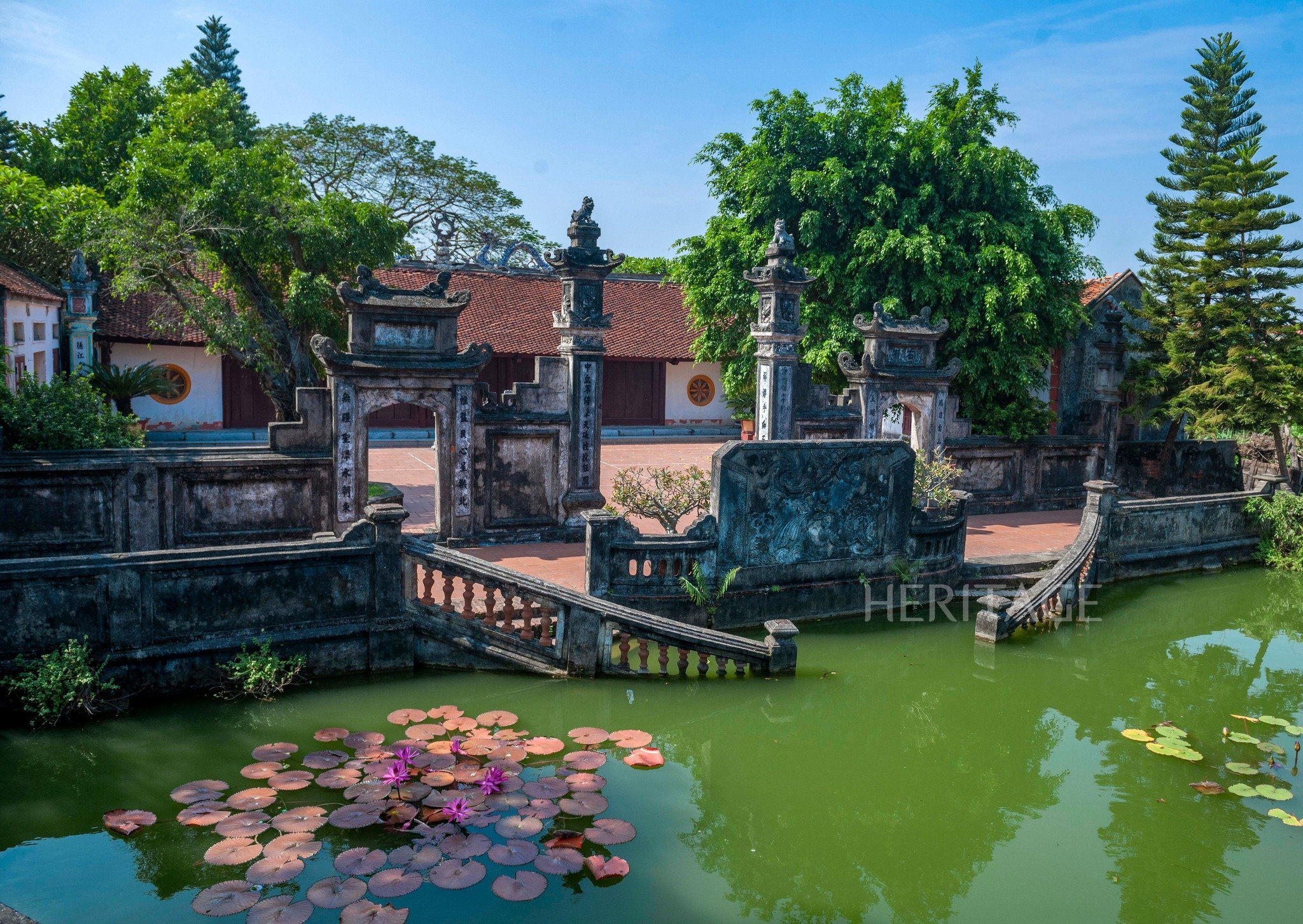


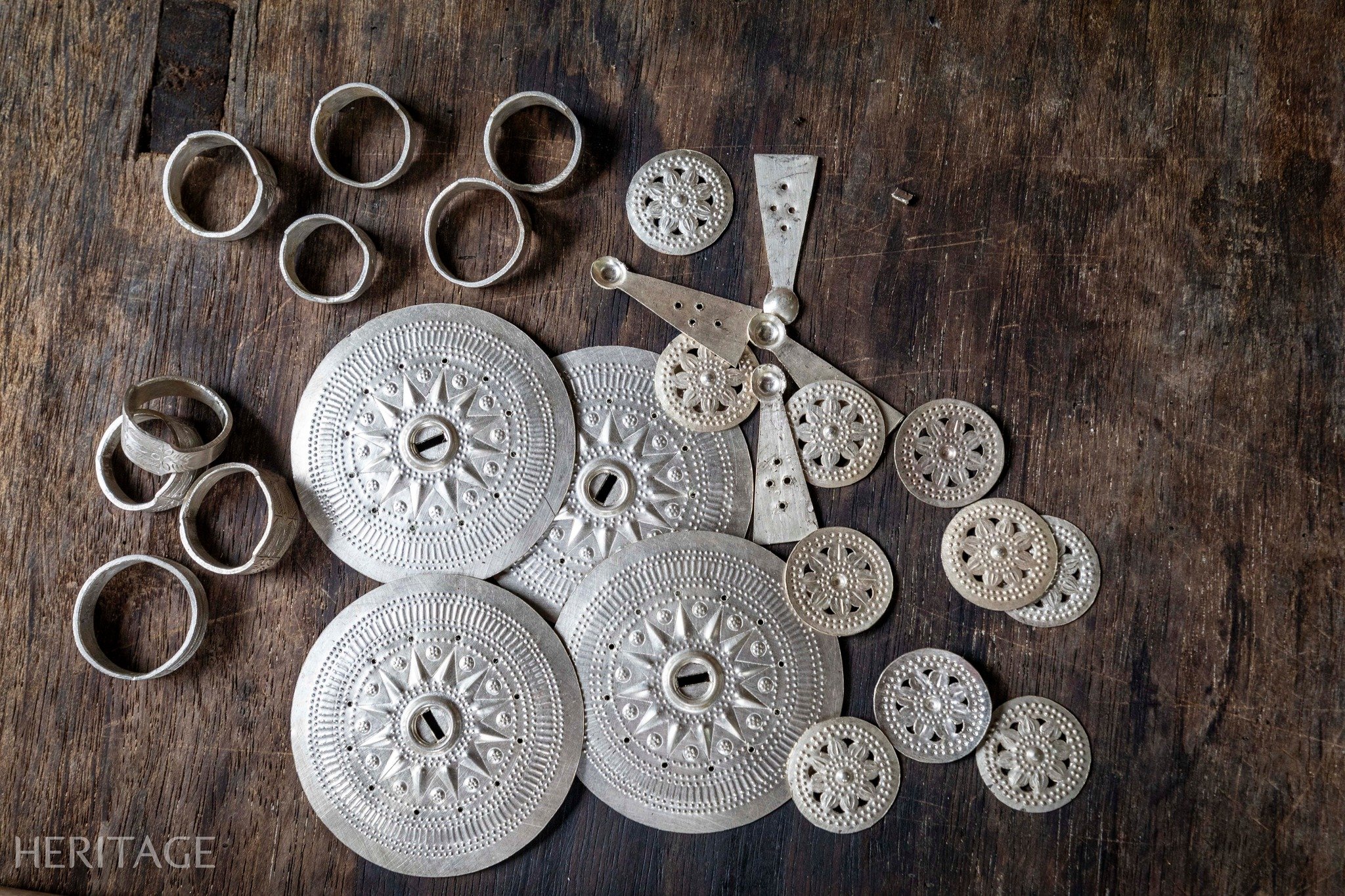

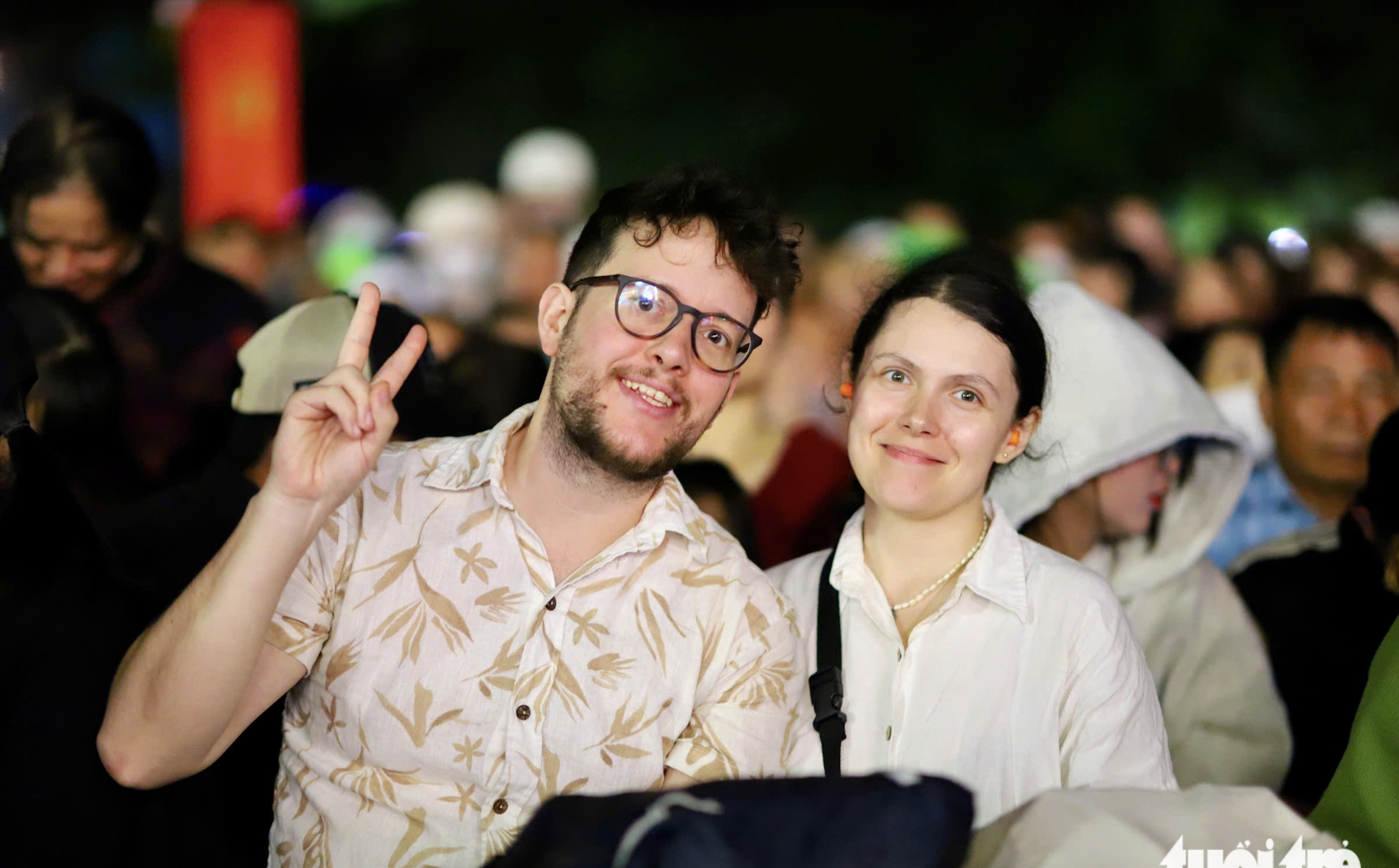







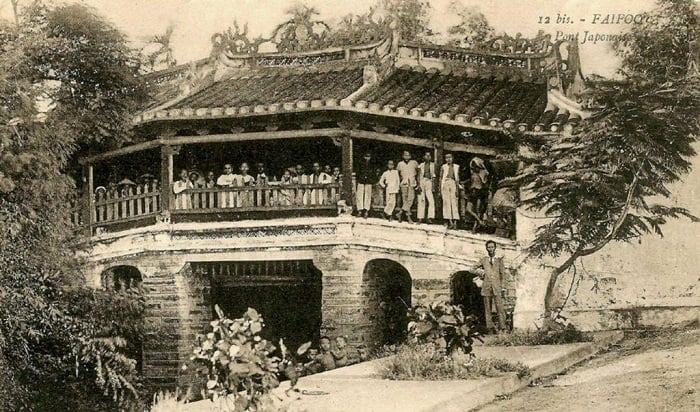

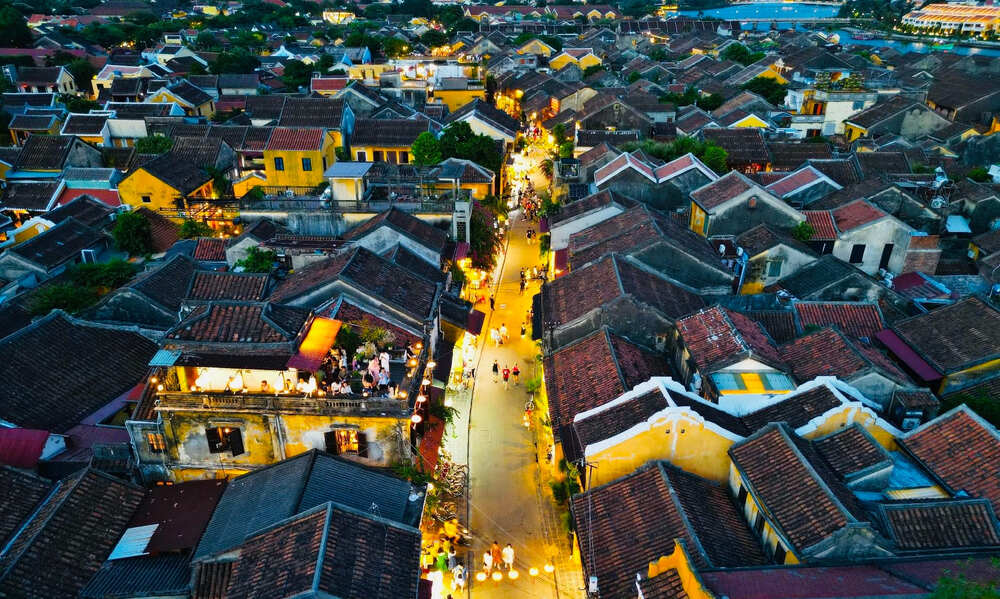

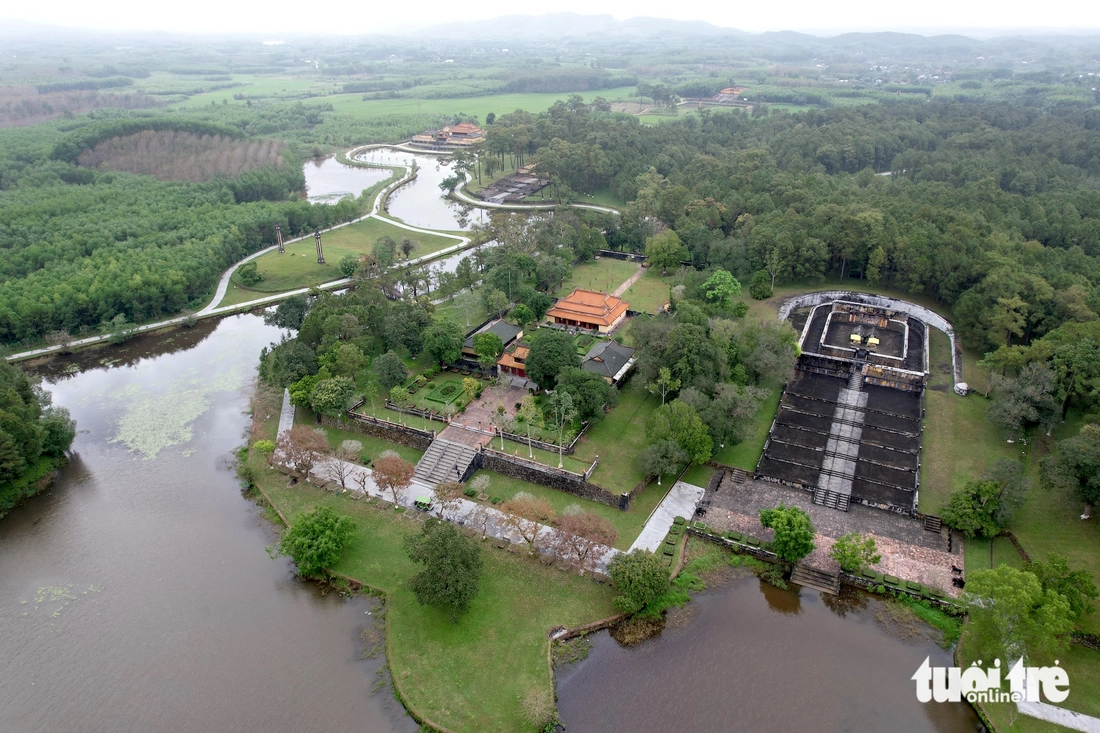
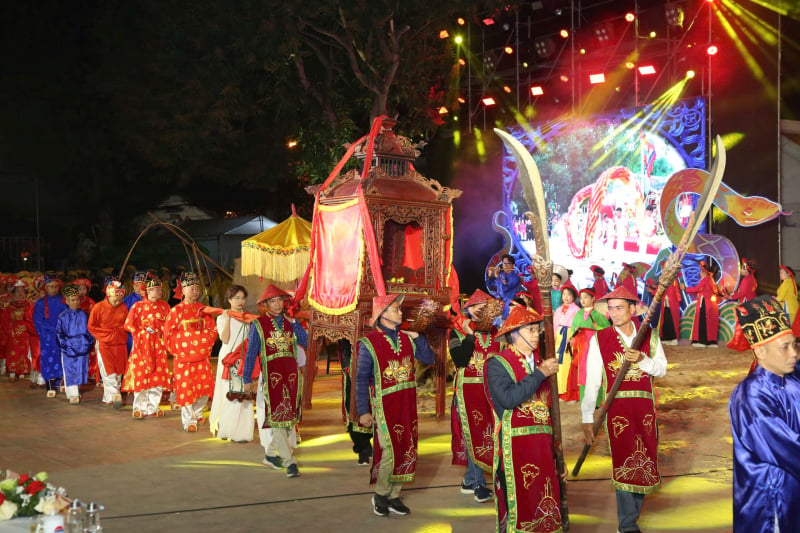

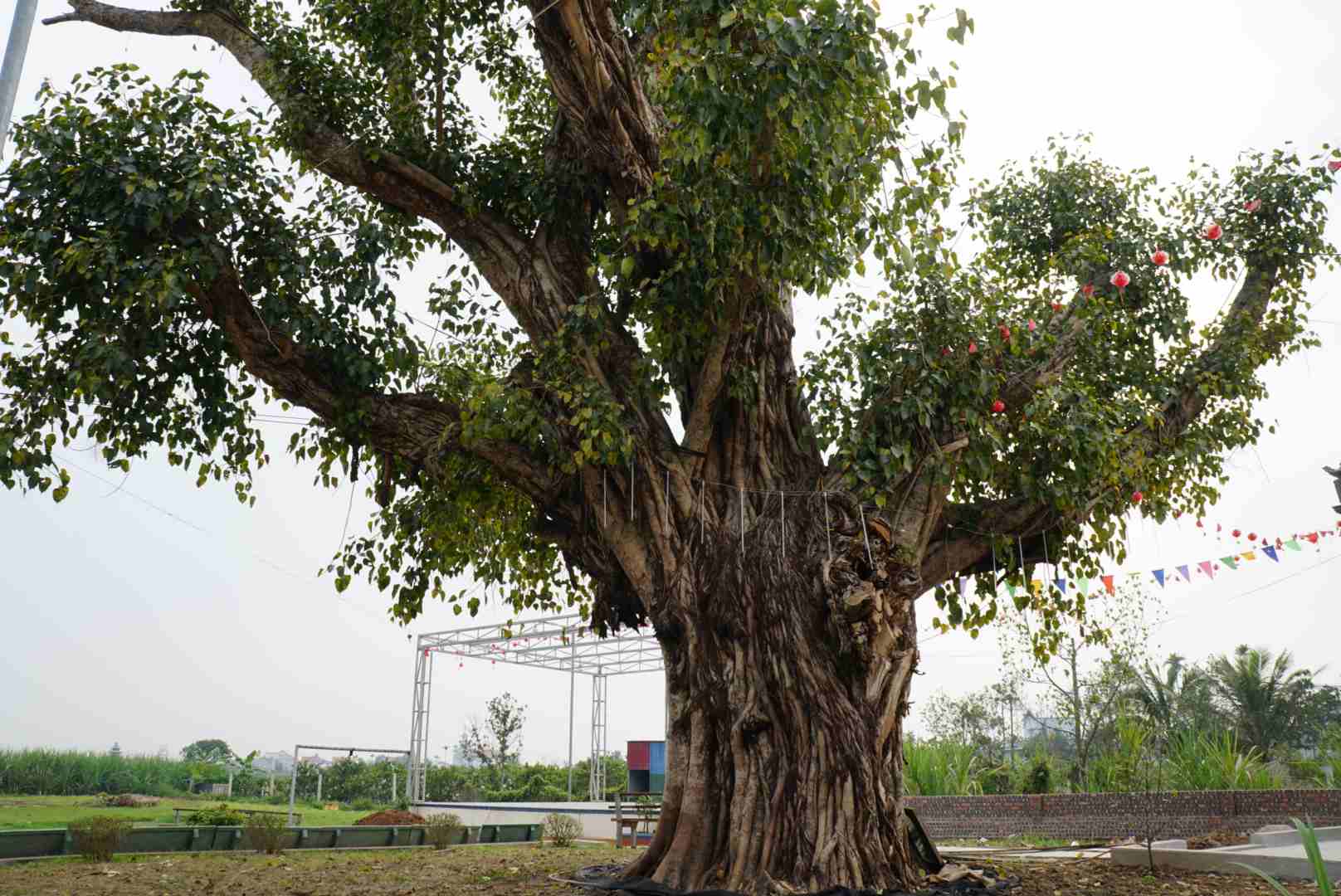



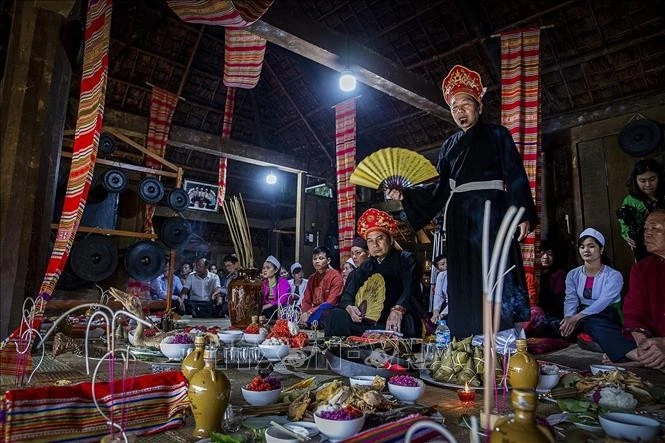






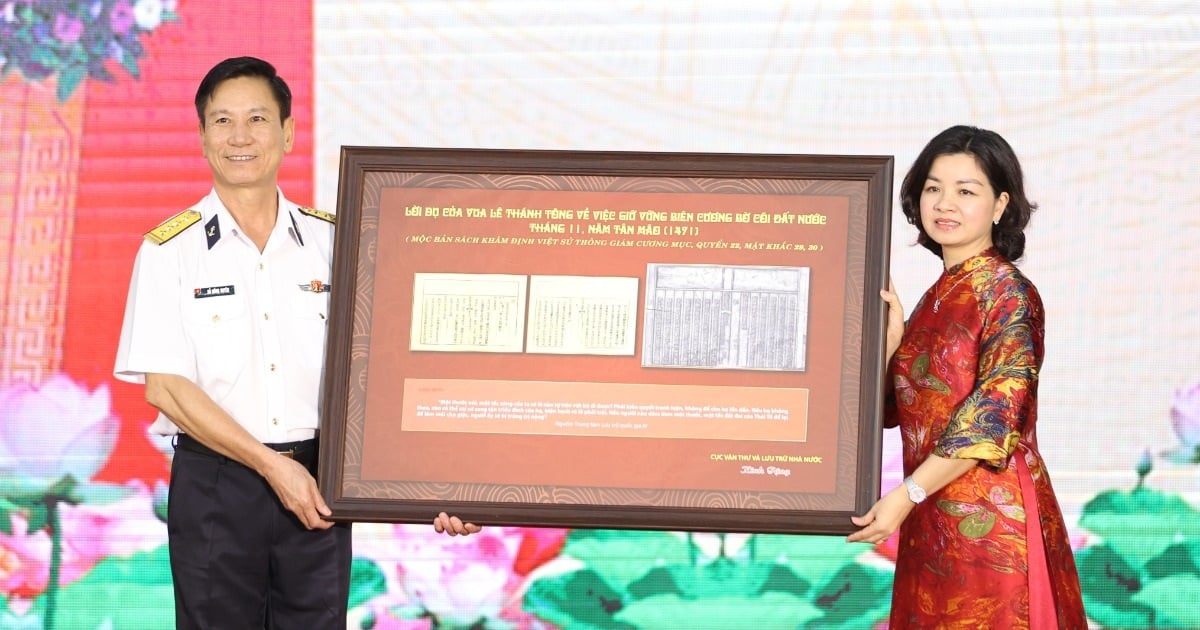



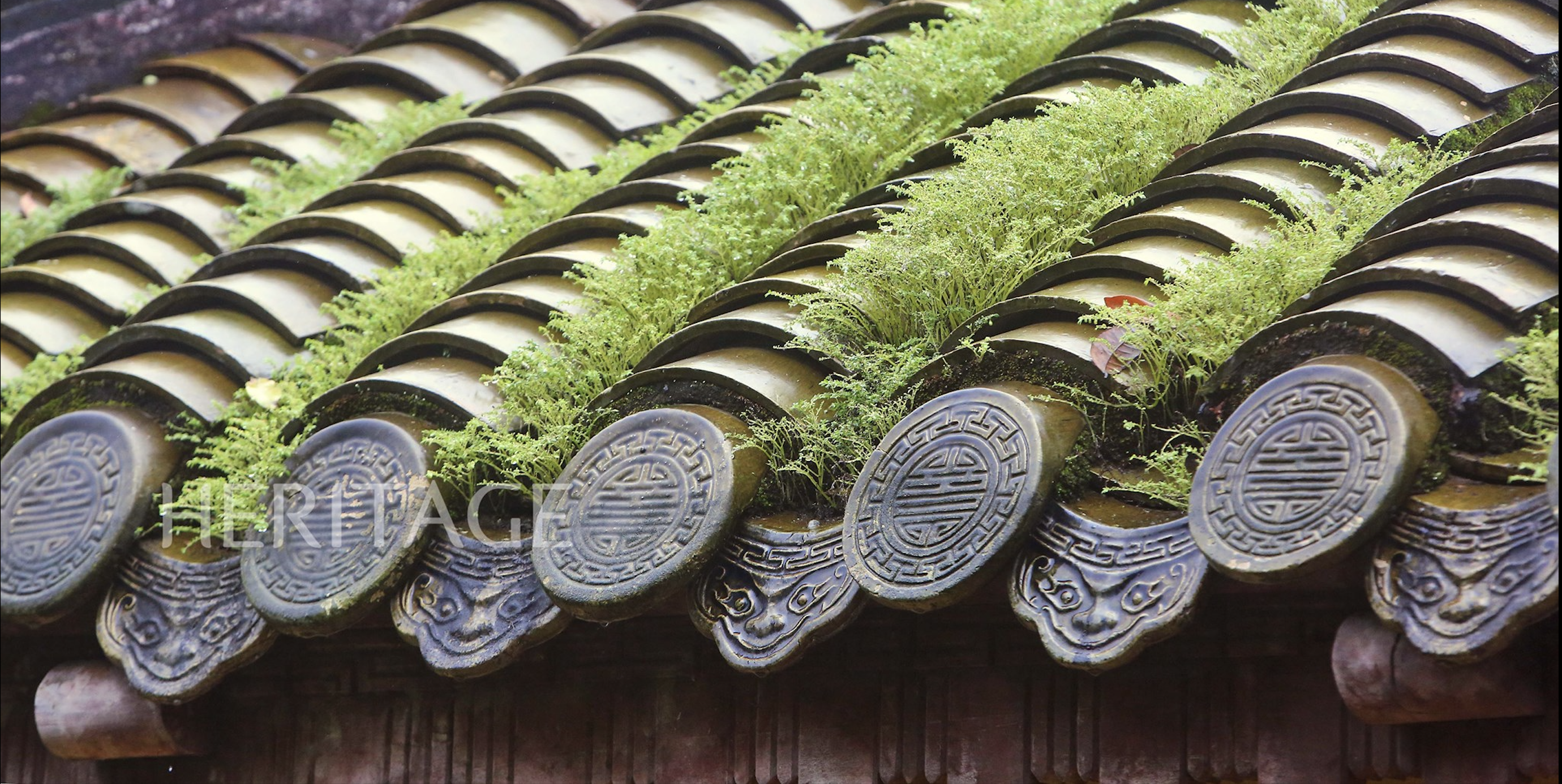

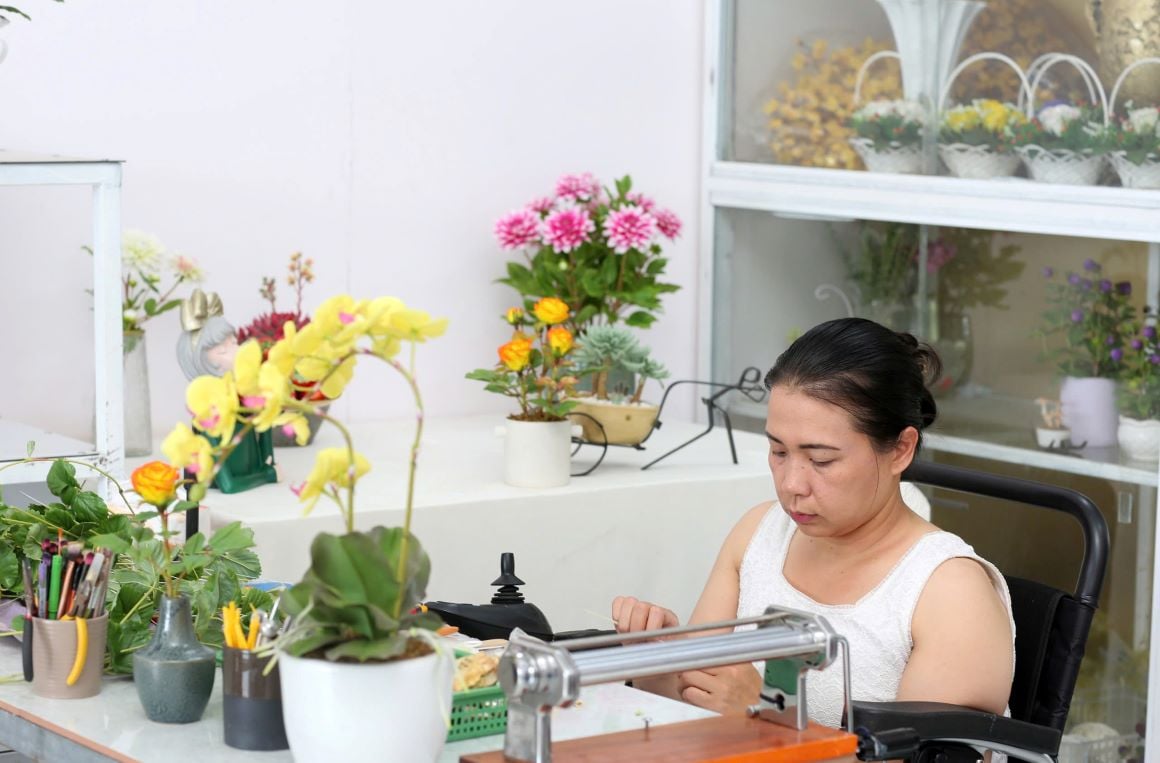

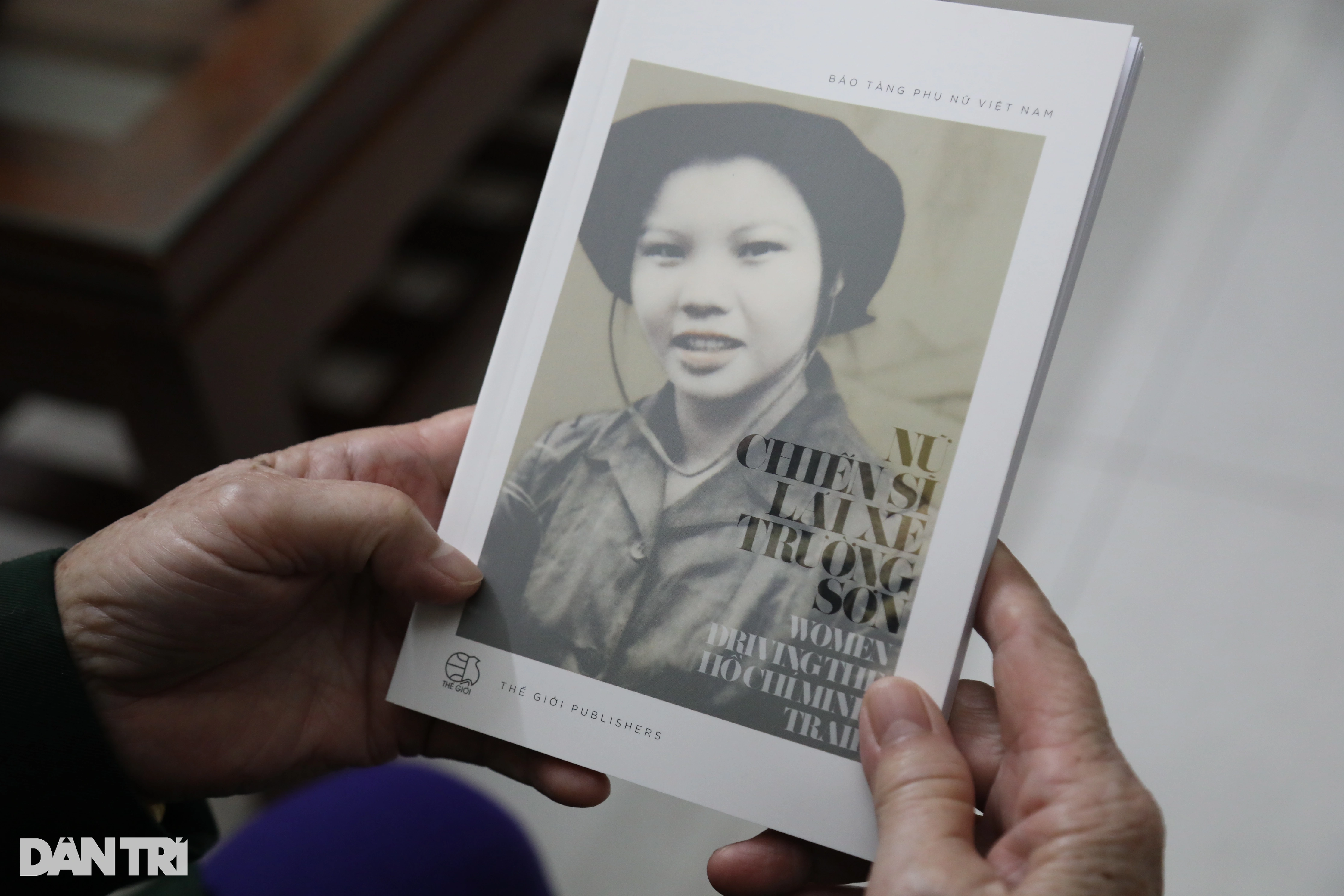
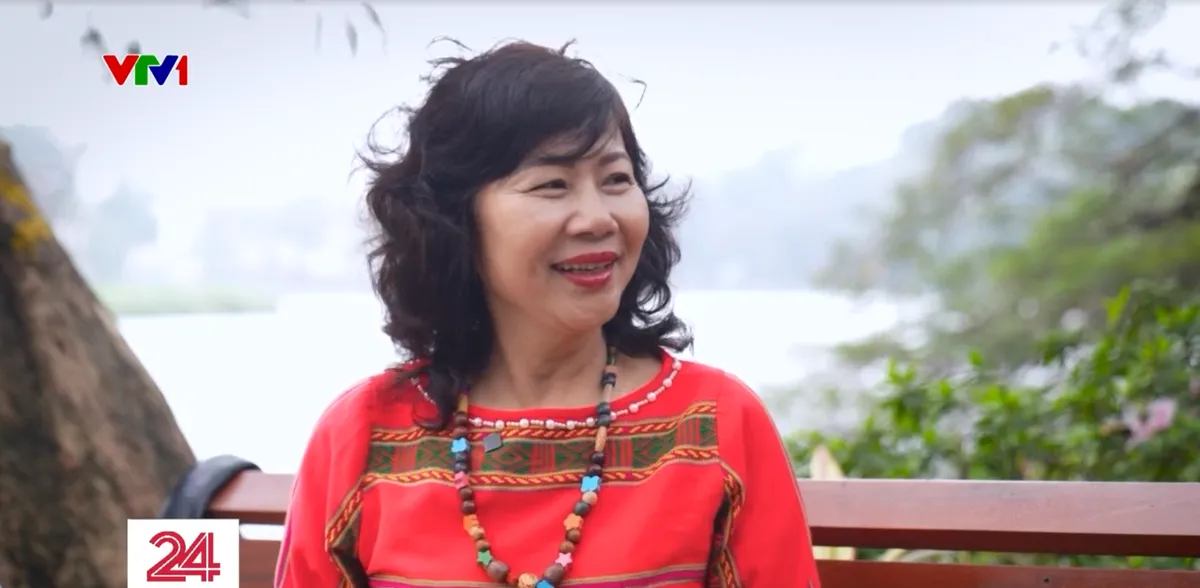











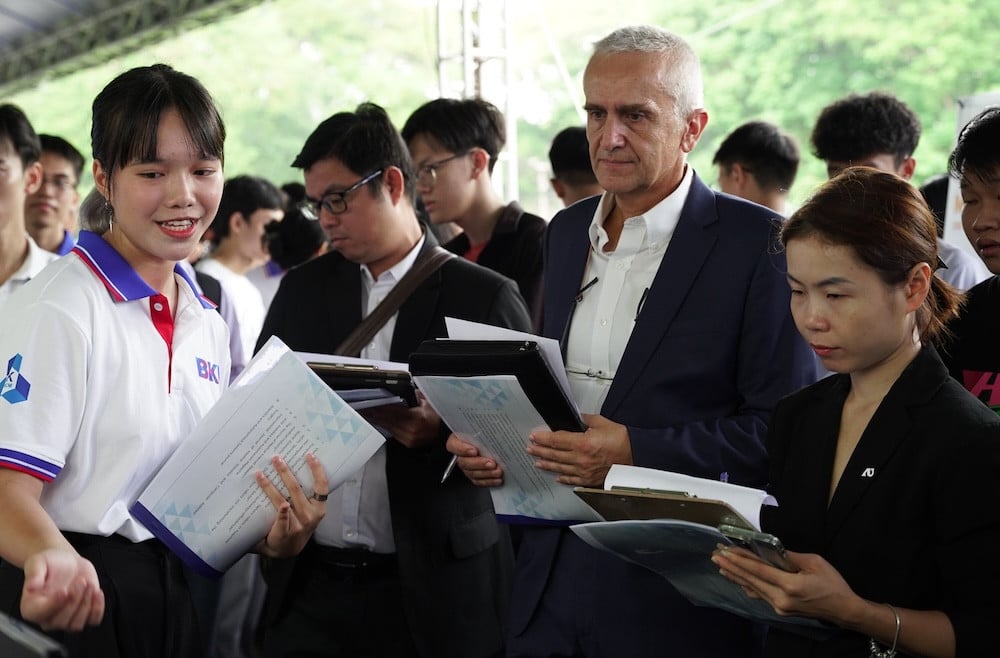






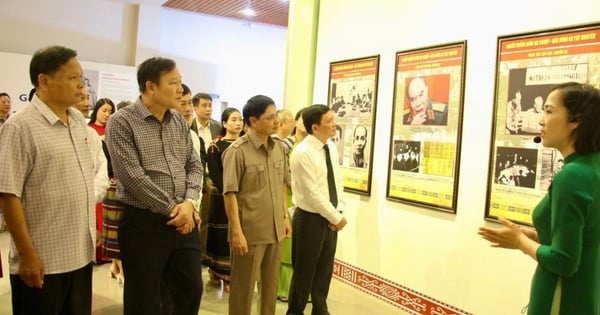















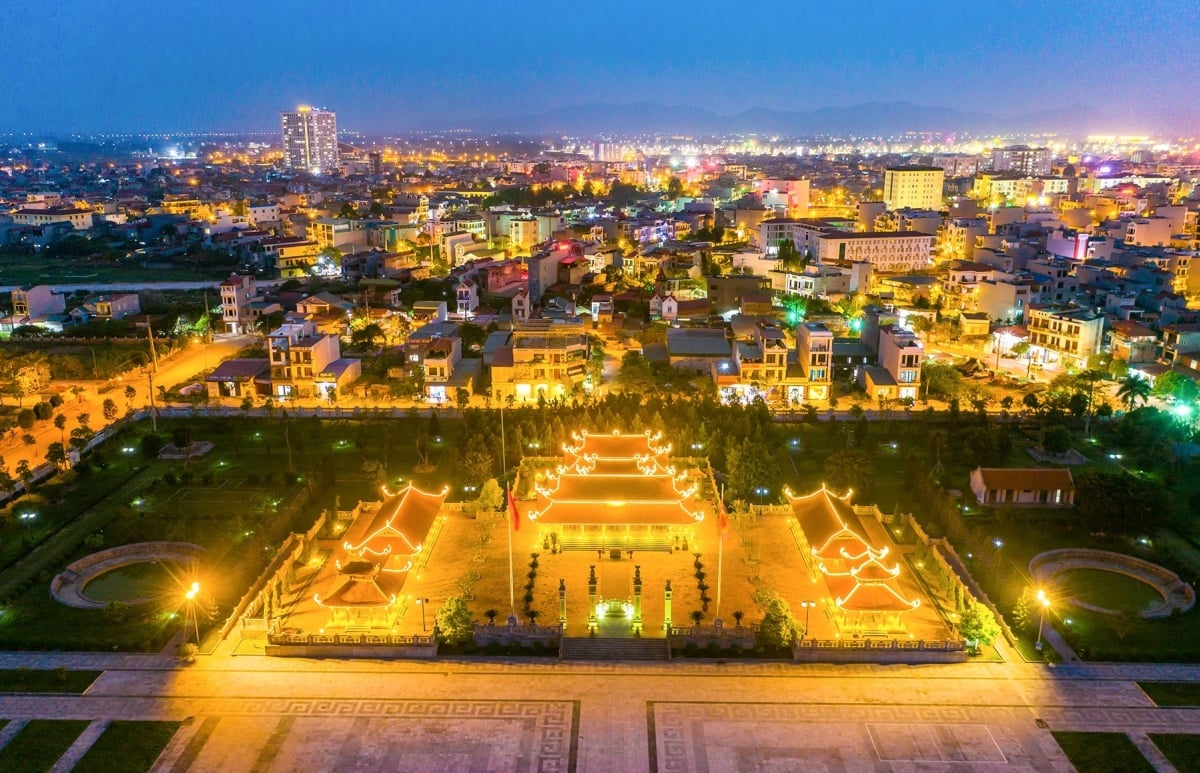






Comment (0)